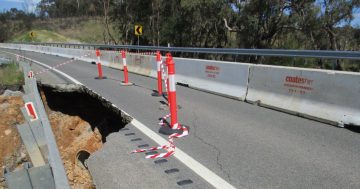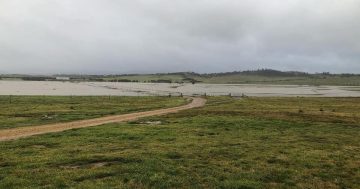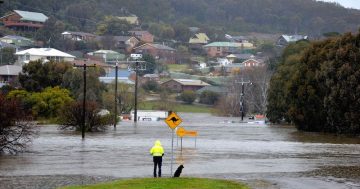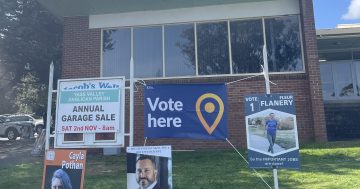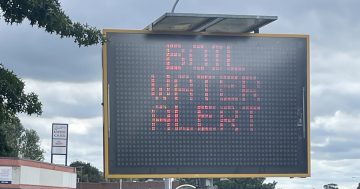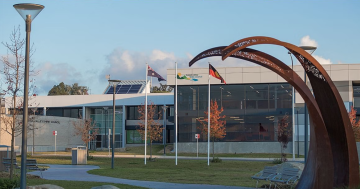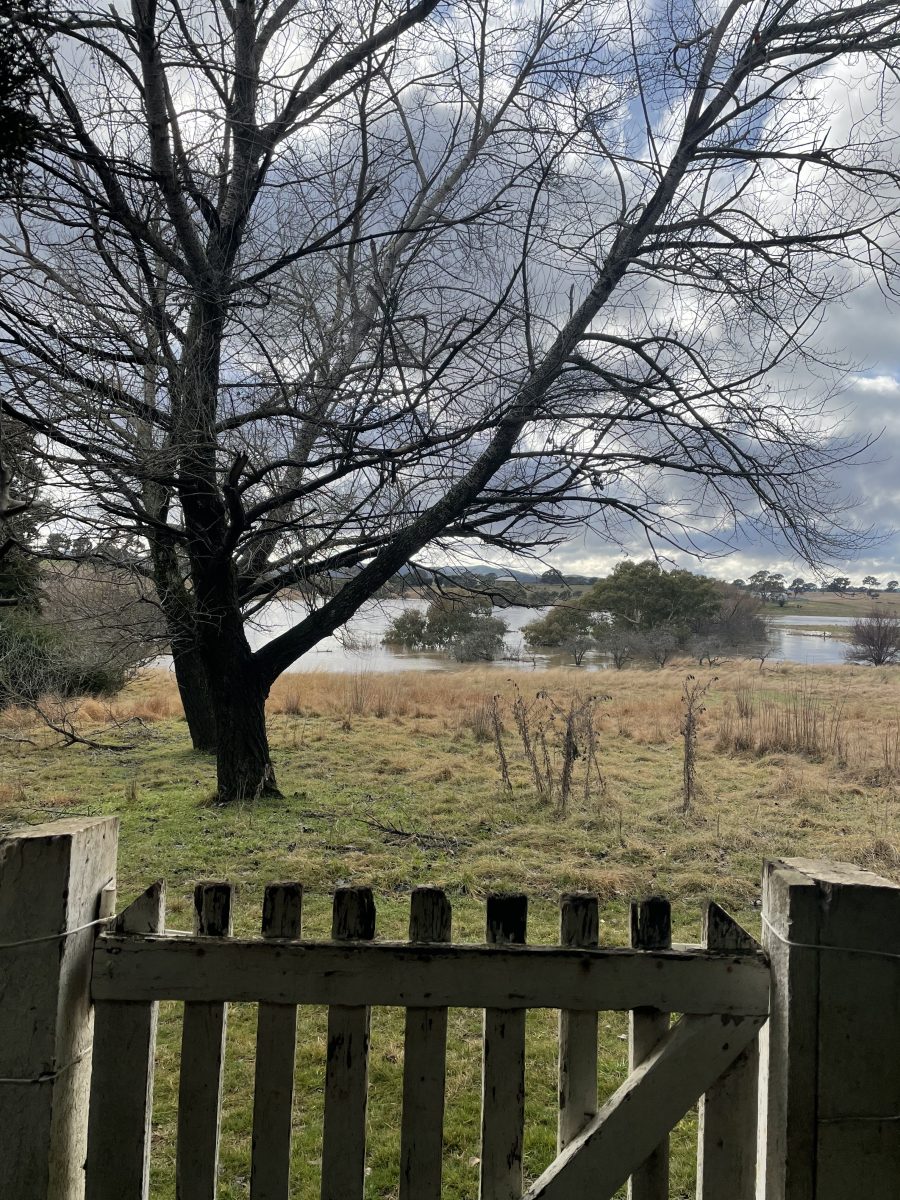
Properties along Yass River Road were some of the hardest hit by last weekend’s floods – although for some, river views – where once lay a paddock or two – became a bonus. Photo: Sally Hopman.
More than $2.5 million in damage was caused by last weekend’s floods in the Yass Valley, with that figure expected to rise significantly when non-critical assets, such as parks and recreation areas, are factored in.
After what the Yass Valley Council’s director of infrastructure and assets, James Dugdell, said may prove to be one of the most costly floods in Yass’s history, he also explained why people should be patient when it came to fixing the potholes outside their home, farm or place of business.
Hundreds of millimetres of rain drenched the Valley last weekend, but it wasn’t just the number in the gauges, Mr Dugdell said, it was more about how quickly it fell.
“Yass has had rainfall like this before,” Mr Dugdell said, “but it was the velocity by which it fell. That was what caused these problems.”
In the previous flood that hit the Valley, in 2020, the peak flow rate was 80,000 megalitres a day; during last week’s deluge, the figure was 125,000 megalitres a day.
“That made all the difference,” Mr Dugdell said. “This time the water came up very quickly, and it went down very quickly.
“It usually takes about 18 to 24 hours for heavy rainfall to come downriver from Gundaroo to Yass, but last weekend it only took 13 hours – and that’s what caused the damage.
“We’ve had some high levels come through in the past, but it was the speed of this one that caused the problems, especially areas like Murrumbateman Road and Black Range Road. These areas are designed to take water, but not at that sort of speed.”
Mr Dugdell said once such a disaster was declared, the Yass Valley Council could call on emergency funds from the NSW Government to have repair work started. Such funds are available for critical infrastructure including roads, power and water, but not for non-criticals such as park and recreation areas.
“We were on to prioritising problem areas early on,” Mr Dugdell said. “We had been dealing with Transport for NSW earlier and they contacted us to see which roads should take priority.
“We’d already started with some emergency work, like broken culverts, areas where people needed access to get into town.”
Mr Dugdell said he understood that residents wanted their roads fixed as soon as possible, but decisions had to be made on a priority basis.
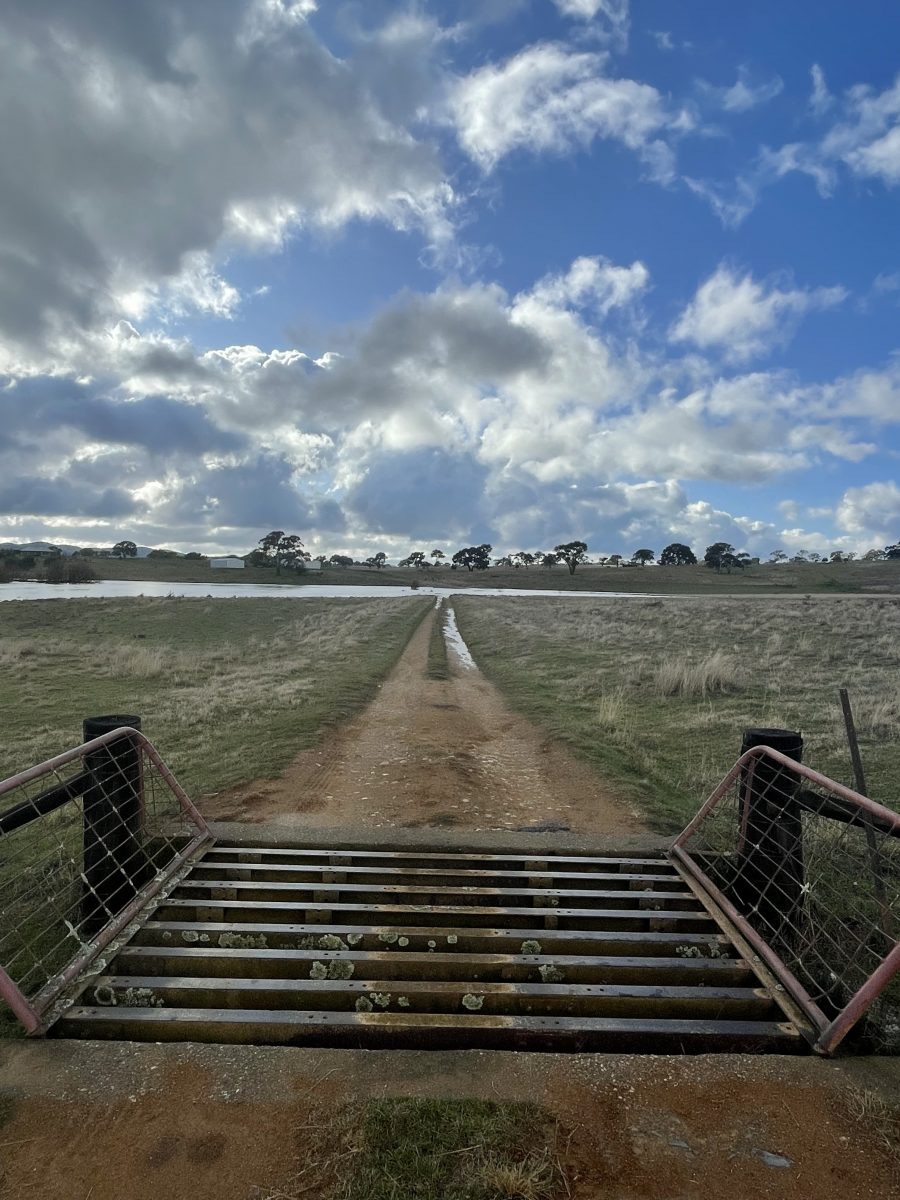
For some folk, it didn’t matter if roads were flooded in town, they couldn’t even leave their properties during the height of the Yass floods. Photo: Sally Hopman.
Although the emergency work takes priority and will be done as soon as possible, it’s the non-critical work for which residents will have to be patient.
“As we all know, the construction industry had been quite busy, that’s been an issue for the past 18 months. Getting material and labour is also an issue. For us, the priorities are to restore access for people. The longer-term works will be done as and when we can get contractors to do them and also get the equipment.”
Mr Dugdell said the council had started work to decide on flood relief priorities as soon as the rain stopped – and officers could access affected parts of the Valley.
He said crews inspected the entire road network, with staff estimating what needed to be done where and at what cost. They also measured damage to council infrastructure.
Delays are expected to scheduled work on the council’s unsealed road network while priority flood repairs are undertaken.
For the latest information on road closures in the Yass Valley, go to the council’s website.







